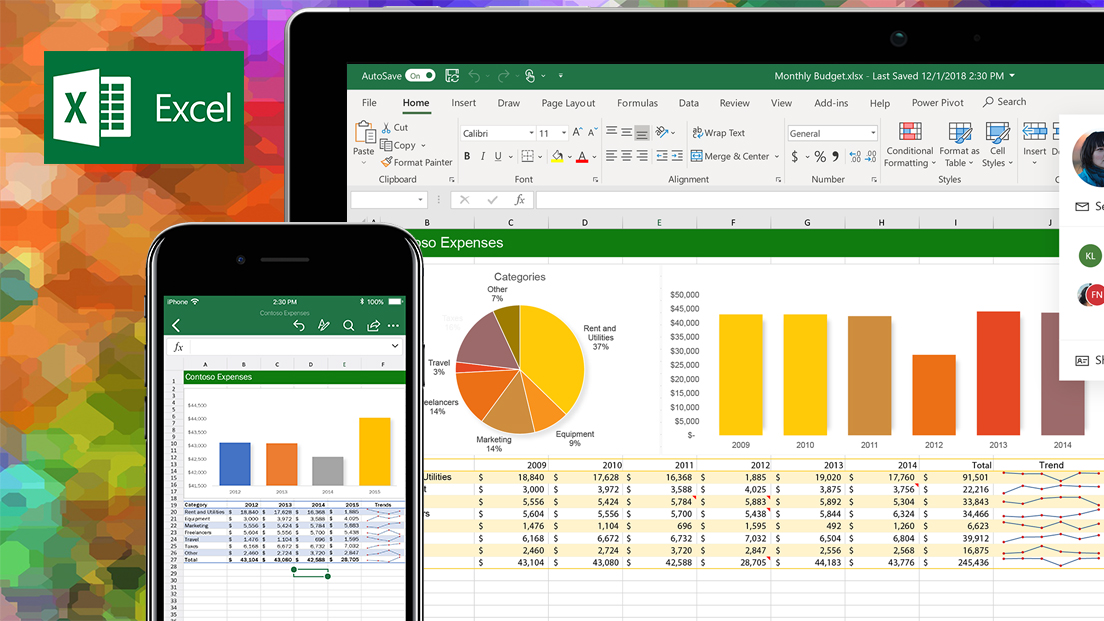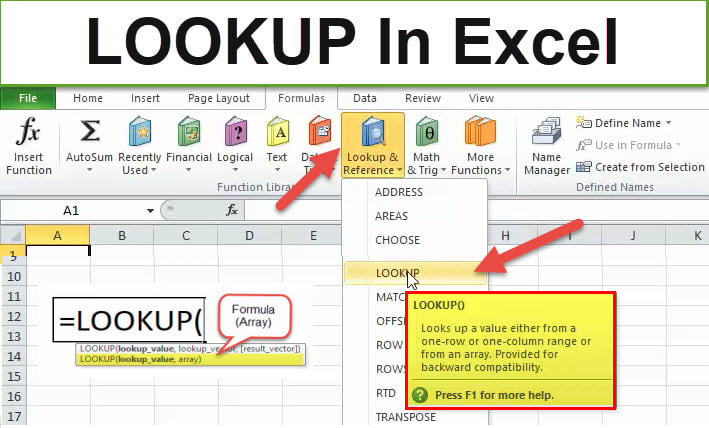

Since ACS stratifies its data the same way, it is possible to combine these Excel tables to further organize it for your reporting needs.Įxcel can help do this with a VLOOKUP, but only because both data sets have a common column. There are two separate tables, downloaded separately from ACS: one for males and one for females. Age and education levels stratify the data. The following example includes data from the American Community Survey (ACS) on educational attainment in the United States. In other words, both sets of data should have at least one piece of data in common, so they can cross from one table to the other. If you want to combine data sets, a piece of data must anchor them both.
Connect Data Across Your Work with VLOOKUP in Smartsheet. #EXCEL VLOOKUP HOW TO#
How to Perform a VLOOKUP Across Sheets in Smartsheet. Using INDEX-MATCH Instead of VLOOKUP Sample. How to Combine VLOOKUP and INDIRECT Functions. How to Use VLOOKUP to Get Second, Third, or Fourth Occurrences of the Lookup Value. How to Perform a Nested VLOOKUP with Multiple Criteria. VLOOKUP Function Example: How to Combine IFERROR and VLOOKUP. VLOOKUP Examples: Intermediate Formulas. Excel VLOOKUP: Tips, Rules, and Troubleshooting. Problems When Sorting the VLOOKUP Formula. VLOOKUP Formulas with Wildcard Characters. How to Do VLOOKUP from a Different Workbook. How to Create a VLOOKUP for Combined Values. VLOOKUP Example: How to Create a Lookup Table. How to Build a Structured Reference Table. VLOOKUP Example: How to Perform an Approximate Match. VLOOKUP Example: How to Perform an Exact Match. What Is the Formula for VLOOKUP in Excel?. These examples and tutorials are good for Excel versions 2007 through 2016. In addition to building your skills in VLOOKUP for Excel, you’ll find a tutorial for using the feature in Google Sheets and Smartsheet. You’ll discover intermediate uses of VLOOKUP that include learning how to combine VLOOKUP with MATCH, perform a nested VLOOKUP with multiple criteria, and use VLOOKUP to get second, third, or multiple occurrences of the same value, as well as how and why to use INDEX-MATCH instead of VLOOKUP. Next, you’ll learn about troubleshooting your formulas and why you’ll occasionally encounter problems after sorting, along with some tips, rules, and tricks on how to better use VLOOKUP. In this guide, you will start with the basic functionality of VLOOKUP. What follows is an intermediate-level course on VLOOKUP and its uses. For new users, VLOOKUP may seem like a mystical, complicated affair, but when you break it down, it becomes a simple ally for getting your data into the right places, whether you are pulling it from other workbooks, worksheets, or just across the page. No-code required.Įxcel’s VLOOKUP function is a basic but powerful feature available for you to make the most of the data in your spreadsheets. WorkApps Package your entire business program or project into a WorkApp in minutes. Digital asset management Manage and distribute assets, and see how they perform. Resource management Find the best project team and forecast resourcing needs. Intelligent workflows Automate business processes across systems. Governance & administration Configure and manage global controls and settings.  Streamlined business apps Build easy-to-navigate business apps in minutes. Data connections Synchronize data across critical business systems. Secure request management Streamline requests, process ticketing, and more. Process management at scale Deliver consistent projects and processes at scale.
Streamlined business apps Build easy-to-navigate business apps in minutes. Data connections Synchronize data across critical business systems. Secure request management Streamline requests, process ticketing, and more. Process management at scale Deliver consistent projects and processes at scale. 
Content management Organize, manage, and review content production.Workflow automation Quickly automate repetitive tasks and processes.Team collaboration Connect everyone on one collaborative platform.

Smartsheet platform Learn how the Smartsheet platform for dynamic work offers a robust set of capabilities to empower everyone to manage projects, automate workflows, and rapidly build solutions at scale.








 0 kommentar(er)
0 kommentar(er)
